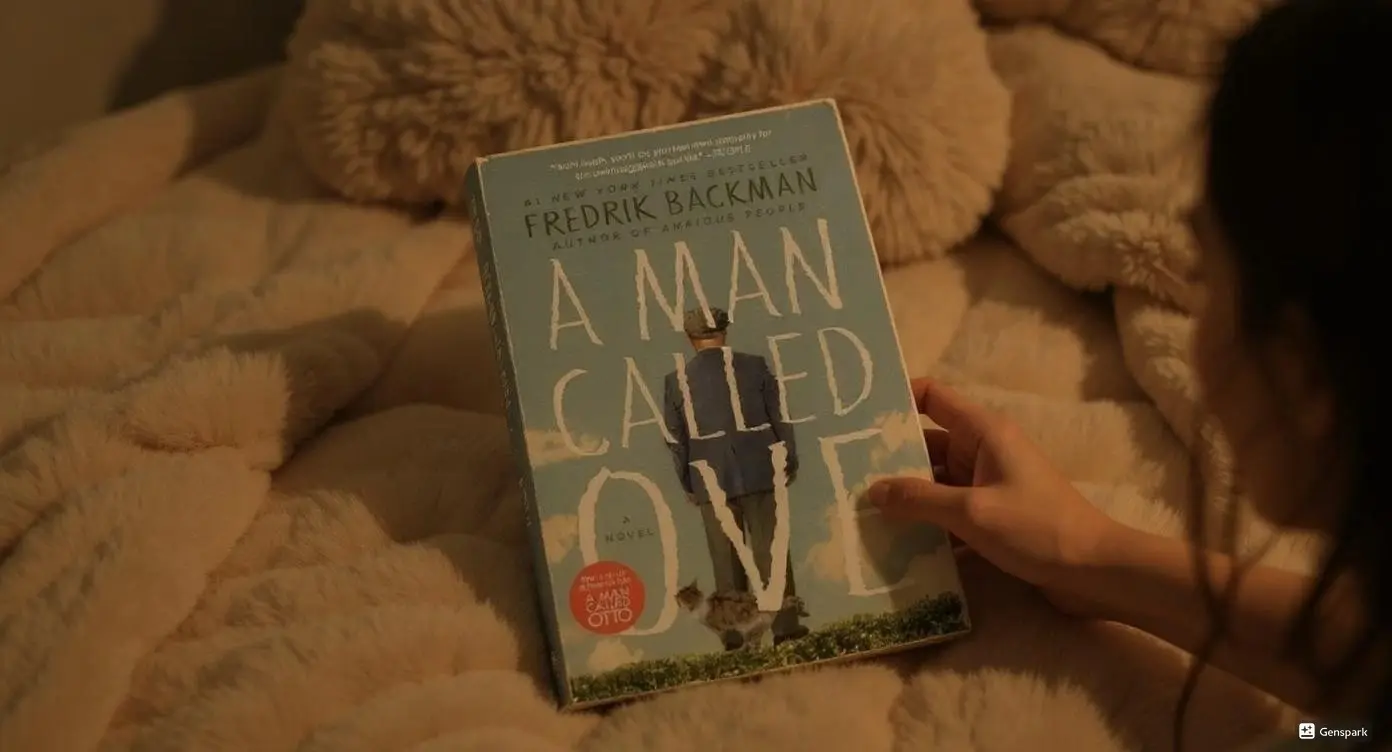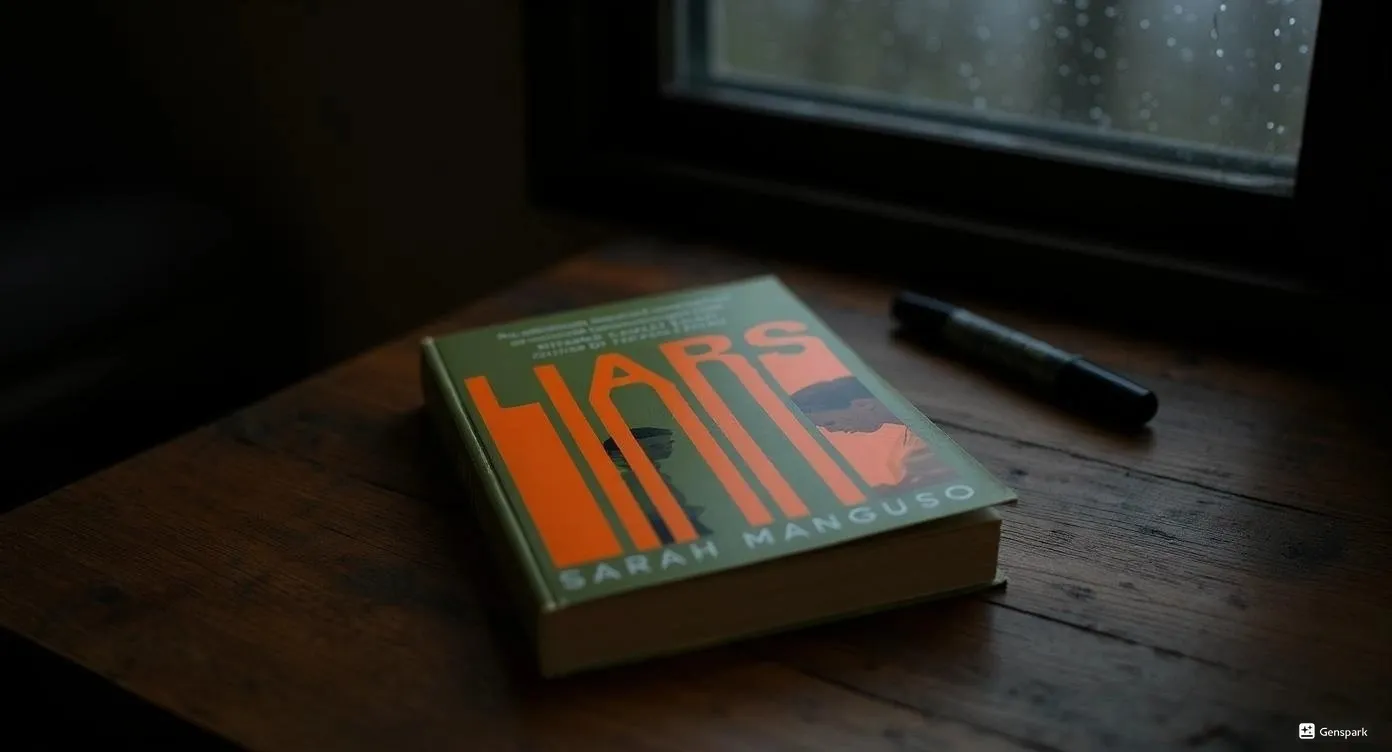I picked up The Unmapping by Denise S. Robbins on a restless night, drawn in by its wild idea: New York City buildings moving beneath people’s feet.
That premise hit me hard. It mirrors the way life can shift without warning. The book’s emotional punch surprised me and left me thinking about how we all adapt.
Key Takeaways
The Unmapping tells a new and exciting story. It is about a city that changes in one night.
It shows how people deal with sudden change and not knowing what will happen.
The characters, like Esme and Arjun, seem real and easy to understand.
They show the strength and hope people have during hard times.
The book talks about important topics like climate change, political problems, and how people react in emergencies.
The Unmapping by Denise S. Robbins

Premise
I have to admit, the premise of The Unmapping by Denise S. Robbins hooked me right away. Imagine waking up in New York City and finding out your favorite coffee shop is now three blocks away, your apartment building has shifted, and the subway entrance you use every day has vanished. That’s the wild setup here—buildings and streets move overnight, and nobody knows why.
This isn’t just a quirky idea for the sake of being different. The book uses this shifting city to show how people react when their world changes without warning. I felt the anxiety and confusion right along with the characters.
It made me think about how real cities face sudden changes—like storms, blackouts, or even political protests. The Unmapping by Denise S. Robbins takes that feeling of uncertainty and cranks it up to eleven.
Note: I read a study that looked at how cities plan for unpredictable events. Experts used real stories and data to build scenarios for urban transport, showing how people and systems adapt when things go sideways. The Unmapping by Denise S. Robbins taps into that same energy. It feels like the author took real research about city crises and turned it into a story that’s both strange and believable.
Setting
The setting in The Unmapping by Denise S. Robbins feels both familiar and totally off-kilter. I know New York City pretty well, but this version kept me guessing. Every time the city shifts, the map changes. People can’t rely on their routines. I found myself double-checking street names in my head, just like the characters do.
The city becomes a puzzle.
Landmarks move, neighborhoods blend, and nothing stays put for long.
People have to work together or risk getting lost—literally and emotionally.
This isn’t just a backdrop. The setting shapes every decision the characters make. It’s not just about finding your way home. It’s about figuring out who you trust and how you cope when nothing feels safe or steady.
The Unmapping by Denise S. Robbins doesn’t fit neatly into one genre. It’s part speculative fiction, part character study, and part social commentary. I have to give props to the author for making the city itself feel like a living, unpredictable character.
I kept thinking about how this story connects to real life. Cities change all the time, sometimes in ways that feel out of control. The book made me wonder how I’d react if my own world shifted overnight. Would I panic? Would I adapt? That’s what makes The Unmapping by Denise S. Robbins so timely and so chilling.
Characters
Esme
I have to give props to Denise S. Robbins for creating Esme. She feels so real. Esme works as a city planner, so she’s used to thinking about how people move through New York. When the city starts shifting, her job gets wild.
I found myself rooting for her. She tries to keep calm, but you can feel her stress. She wants to help everyone, but she’s scared too. I saw myself in her—trying to hold it together when everything falls apart.
Esme’s choices shape the story.
She’s smart, but not perfect.
Her fear and hope made me care about what happened next.
Arjun
Arjun’s story hit me in a different way. He’s a teacher who just wants to protect his students. The city’s changes mess with his daily life. He’s not a hero, but he keeps showing up. I liked how he tries to find small moments of kindness, even when he’s lost. His chapters felt honest and raw.
Arjun’s worries felt real.
He struggles, but he doesn’t give up.
I loved his quiet strength.
Multiple Perspectives
The book uses a third-person, multi-POV style. I usually get annoyed when books jump around, but here it works. Each character brings a new angle. I got to see the city’s chaos from different eyes. That made the story feel bigger and more human.
Note: Switching perspectives kept me guessing. I never felt bored. The mix of voices made the city’s crisis feel personal and urgent.
Themes

Climate Change
I couldn’t help but notice how climate change sits at the heart of this story. The city’s wild shifts feel like a stand-in for the way our real world keeps changing—sometimes overnight. I saw Esme, the city planner, scrambling to keep up with new maps and new dangers.
It reminded me of how leaders and regular people try to handle floods, heat waves, and storms. The book made me think about how big institutions, like the UN and the EU, now treat climate change as a security risk. That’s not just fiction. It’s happening right now. The fear and confusion in the book felt real because I see those same worries in the news.
Political Unrest
Political unrest pulses through the story. People argue about who’s to blame for the city’s chaos. Some want to take charge, others just want to survive. I saw how the characters’ trust in leaders and systems gets tested.
The book shows how hard it is to fix things when everyone’s scared or angry. I read a paper that talked about how politics and climate risks get tangled up. The story nails that feeling—nobody agrees on what to do, and that makes everything harder.
Emergency
The whole book feels like one long emergency. Every day brings a new crisis. I felt my heart race as Esme and Arjun tried to help others, even when they didn’t know what would happen next. The city’s shifting streets force everyone to make fast choices.
I kept asking myself, “Would I freeze, or would I act?” The Unmapping by Denise S. Robbins made me see how emergencies reveal who we are, and how we lean on each other when the ground moves beneath us.
Narrative Style
Structure
I have to admit, the structure of The Unmapping by Denise S. Robbins kept me on my toes. The story jumps between different characters, but it never feels confusing. I found myself flipping back and forth, just to see how Esme’s day compared to Arjun’s. The chapters move fast. Sometimes, I felt like I was running to catch up with the city itself.
Short chapters made the book feel urgent.
Each switch in perspective gave me a new piece of the puzzle.
The pacing felt tight—no wasted scenes or slow spots.
I loved how the story didn’t follow a straight line. The city shifts, and so does the plot. I never knew what would happen next. That unpredictability made me want to keep reading, even when I should have gone to bed.
Voice
The voice in this book felt honest and raw. Robbins writes like someone who has lived through chaos. I could hear the fear and hope in every line. The dialogue sounded real—like people actually talk when they’re scared or tired.
The narration uses simple words but hits hard.
Each character sounds unique, not just a copy of the others.
I caught myself laughing at small jokes, even during tense moments.
To be fair, sometimes the style felt a bit choppy. I wanted more time to breathe between the big moments. Still, the voice pulled me in. I felt like I was right there, lost in the shifting city, trying to find my way.
Subplots
Supporting Cast
I have to give props to Denise S. Robbins for the supporting cast in this book. These characters don’t just fill space—they actually matter. I found myself caring about the neighbors, the city workers, and even the random people Esme and Arjun meet on the street. Each one brings something new to the story.
Some characters show up for just a chapter, but they stick with me.
I loved how the city’s chaos forced strangers to work together.
The side stories made the city feel alive and unpredictable.
One night, I stayed up way too late because I wanted to see what happened to a minor character. That almost never happens for me. The supporting cast gave the story extra heart and made the city’s crisis feel real.
Relevance
The subplots in The Unmapping by Denise S. Robbins hit close to home. I saw echoes of real life—neighbors helping each other, people arguing about what’s safe, and families trying to stay together. The book doesn’t just focus on the big picture. It zooms in on the small moments that matter.
I kept thinking about how my own city would react if everything changed overnight. Would we help each other, or panic? The book made me wonder about my own choices.
The subplots add layers to the main story.
They show how ordinary people become heroes in small ways.
I felt the tension and hope in every side story.
To be fair, not every subplot lands perfectly. A few felt rushed, but most left me thinking long after I finished the book.
Strengths and Weaknesses
Highlights
I have to give props to Denise S. Robbins for how she made the city feel alive. The shifting streets and moving buildings kept me on my toes. I felt like I was right there, lost and searching for a way home.
The book’s multi-POV style worked better than I expected. Each character brought something new. I cared about Esme and Arjun, but the side characters also stuck with me.
Fresh premise: The idea of a city that moves overnight grabbed me right away.
Real emotions: I felt the stress, hope, and fear in every chapter.
Short chapters: The pacing kept things moving. I never got bored.
Timely themes: The story made me think about climate change and how people react to chaos.
I’ll be honest, some scenes left me gasping. I had to stop and catch my breath before reading on.
Critique
To be fair, not everything worked for me. Sometimes the story jumped too quickly. I wanted more time with certain characters. A few subplots felt rushed or unfinished. The writing style got choppy in places. I found myself wishing for smoother transitions.
Some side stories ended too soon.
The city’s rules sometimes confused me. I had to reread a few parts.
The ending felt a bit sudden. I wanted more closure.
The Unmapping by Denise S. Robbins Book Review stands out for its bold ideas and honest look at fear and hope. It’s not perfect, but it’s worth your time if you want something different and thought-provoking.
Recommendation
Who Should Read
I’ll be honest, I finished The Unmapping by Denise S. Robbins in one sitting. I kept telling myself, “Just one more chapter,” until the sun came up. If you love books that mess with your sense of place and make you question what’s real, this one’s for you.
Fans of speculative fiction who want something fresh will get a kick out of it.
If you like character-driven stories with real emotional stakes, you’ll find a lot to care about here.
City lovers, especially those who know New York, might get a thrill (and a chill) from seeing the city turned upside down.
Readers who enjoy stories about people coming together during chaos will find plenty to chew on.
Tip: If you’ve ever felt lost in your own city or wanted to see how people handle the unknown, this book will hit home.
I wouldn’t hand this to someone looking for a light, cozy read. The Unmapping by Denise S. Robbins gets intense. The story can feel a bit raw and sometimes leaves you hanging, but that’s part of its charm.
Contemporary Relevance
This book feels like it was written for right now. I saw echoes of real-world uncertainty everywhere. The shifting city reminded me of how fast things can change—weather, politics, even the way we connect with each other.
The story taps into climate change fears and the feeling that nothing stays the same for long.
It shows how people react when the ground moves beneath them, both literally and emotionally.
I kept thinking about how we all had to adapt during recent emergencies, and how some of us found new ways to help each other.
Note: The Unmapping by Denise S. Robbins doesn’t offer easy answers. It asks tough questions about trust, leadership, and hope. That’s what makes it stick with me.
If you want a book that feels urgent and real, with characters who stumble and get back up, give this one a shot. It’s not perfect, but it’s honest.
I still think about The Unmapping by Denise S. Robbins. The city’s wild shifts and real characters stuck with me.
The story feels urgent and honest.
I’d recommend it to anyone who likes books about change and hope.
My Dionysus Review Rating: 7/10.
Sip The Unknown—Discover Stories You Never Knew You’d Love!
Dionysus Reviews Has A Book For Every Mood
Biography & Memoir
Fiction
Mystery & Detective
Nonfiction
Philosophy
Psychology
Romance
Science Fiction & Fantasy
Teens & Young Adult
Thriller & Suspense
Frequently Asked Questions
Does The Unmapping have a happy ending?
I won’t spoil it, but the ending left me thinking. It’s not a fairy tale wrap-up. I felt both hope and uncertainty.
Is this book scary or just weird?
It’s more unsettling than scary. The city’s changes gave me chills, but I never felt terrified. The weirdness kept me hooked.
Do I need to know New York City to enjoy the story?
Nope! I don’t think you need to know the city. The story works even if you’ve never visited. The shifting streets feel universal.









